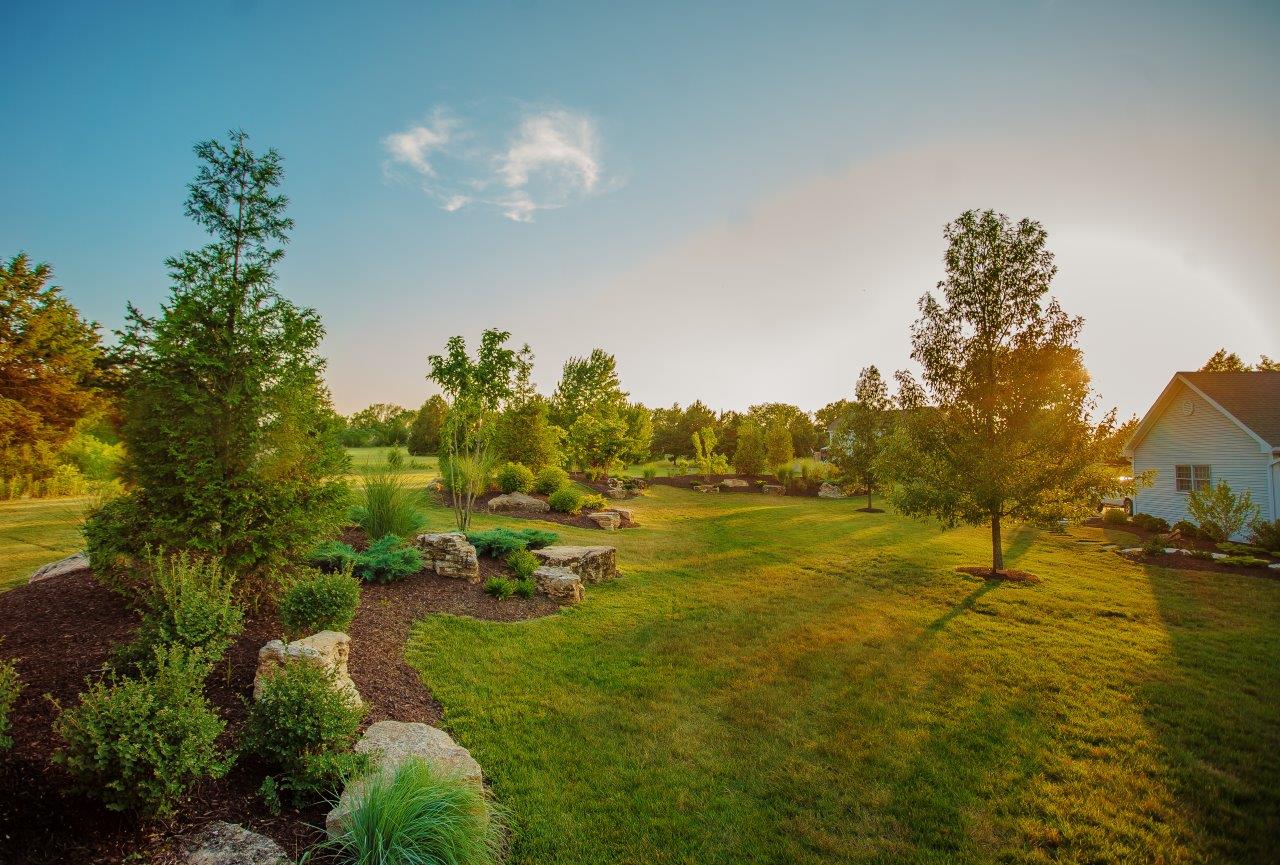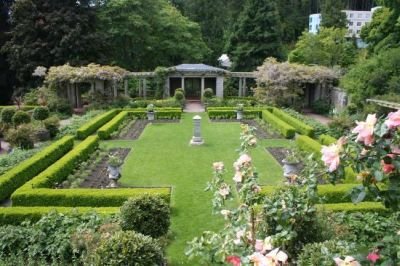Not known Incorrect Statements About Hilton Head Landscapes
Unknown Facts About Hilton Head Landscapes
Table of ContentsHilton Head Landscapes Can Be Fun For Everyone7 Easy Facts About Hilton Head Landscapes ShownHilton Head Landscapes for DummiesSome Known Factual Statements About Hilton Head Landscapes Top Guidelines Of Hilton Head LandscapesFacts About Hilton Head Landscapes RevealedExcitement About Hilton Head LandscapesSee This Report about Hilton Head Landscapes
Form compatibility is also a major component of unity in designone or 2 strikingly different kinds are good for contrast and focus, yet generally all various other kinds need to have some resemblances for a linked appearance. Structure refers to exactly how coarse or fine the surface area of the plant or hardscape product really feels and/or looks.
Examples of plants with crude structure include philodendrons, agaves, bromeliads, hollies, palms, and hydrangeas. Hardscape with crude texture includes rough-cut rock, rough-finished brick, and incomplete wood with knots and a raised grain. Matured or old building and construction material that keeps a weather-beaten surface area is frequently crude in texture. Qualities that create fine texture include tiny foliage; slim, strappy leaves (yards) or tall, slim stems; small, thick twigs and tiny branches; long stems (vines); and tiny, delicate blossoms.
Our Hilton Head Landscapes Statements
Many plants are average structure, in that they can not be explained as having either rugged or great structure. Medium-textured plants act as a history to web link and merge the crude- and fine-textured plants.

To make a space really feel smaller sized, position the crude appearances along the external border and the great appearances closest to the visitor. The information of the crude appearance makes the plants show up closer and makes the area feel smaller. The perceived texture of plants can also change with the range from the plant.
A Biased View of Hilton Head Landscapes
Strong colors increase the contrast and make the appearance show up coarser, while soft colors can squash structure. Hardscape with a rugged texturesuch as very rough rocks and vibrant, huge timberstends to make all plant product appear extra average textured. Developers usually establish a texture research study (Figure 8) theoretically to help determine the plan of plant materials.
Number 8. Texture research study. Color in plant product and hardscape adds rate of interest and variety to the landscape. Shade is the most noticeable element in the landscape and is normally the focus of a lot of property owners; nevertheless, it is likewise the most momentary element, generally lasting just a couple of weeks a year for specific plants.
The smart Trick of Hilton Head Landscapes That Nobody is Discussing
A straightforward summary of the shade wheel consists of the 3 main shades of red, blue, and yellow; the 3 second shades (a mix of 2 primaries) of environment-friendly, orange, and violet; and 6 tertiary shades (a mix of one nearby main and additional color), such as red-orange. Color theory explains the relationship of shades per various other and just how they must be utilized in a structure.

Analogous (in some cases called harmonious) color pattern are any kind of 3 to 5 shades that are nearby on the color wheel, such as red, red-orange, orange, yellow-orange, and yellow, or blue, blue-violet, and violet (hilton head landscapers). The colors belong to each other due to the fact that they typically include 2 primaries blended to develop an additional and two tertiary colors, which means they share common residential or commercial properties
They have a tendency to have high contrast between them. One of the most usual collections are violet and yellow, red and eco-friendly, and blue and orange. Complementary colors are frequently located normally in blossoms; a typical pair is yellow and violet. Shade is discovered in the flowers, foliage, bark, and fruit of plants.
4 Easy Facts About Hilton Head Landscapes Explained
Environment-friendly vegetation in all its numerous tones is the dominant color by amount, however various other shades capture attention these details a lot more easily since of their high contrast to the color green. Color is additionally discovered in structures, rocks, pavers, wood, and furnishings. A lot of shades in natural products, such as rock and wood, are usually soft and tend to be variations of brownish, tan, and pale yellow.
Shade is a vital component for developing passion and range in the landscape. Colors have residential properties that can impact emotions, spatial perception, light top quality, equilibrium, and emphasis. One building of color is described loved one to temperaturecolors show up to be great or warm and can affect feelings or feelings. Cool shades have a tendency to be calming and should be made use of in areas for leisure and tranquility.
Unknown Facts About Hilton Head Landscapes
The "temperature level" of shades can also impact the understanding of range. Cool colors have a tendency to decline and are regarded as being further away, making a space feel larger. Warm colors often tend to development and are regarded as being better, making a room really feel smaller. Color can also be used to record focus and direct views.
Intense yellow, which has the highest possible strength, likewise has a high contrast with all other shades (usually defined as a "pop" of shade) and must be utilized sparingly. A small quantity of extreme color has as much visual weight as a large quantity of an extra restrained or weak color.
Analogous (sometimes called unified) color pattern are any kind of 3 to five shades that are nearby on the color wheel, such as red, red-orange, orange, yellow-orange, and yellow, or blue, blue-violet, and violet. The shades are related to each various other since they usually include 2 main colors mixed to create a second and two tertiary shades, which implies they share common homes.
Some Of Hilton Head Landscapes
Complementary colors are commonly found naturally in flowers; a typical set is yellow and violet. Shade is located in the blossoms, vegetation, bark, and fruit of plants.
Green foliage in all its numerous tones is the leading shade by amount, but other colors capture attention quicker since of their high comparison to the color green - bluffton landscaping - https://cinnamon-ferret-ktw2xm.mystrikingly.com/blog/transform-your-outdoor-space-with-hilton-head-landscapes. Shade is additionally discovered in structures, rocks, pavers, wood, and furnishings. Many colors in natural materials, such as stone and wood, are commonly muted and often tend to be variations of brownish, tan, and pale yellow
Hilton Head Landscapes for Beginners
Shades have residential or commercial properties that can impact emotions, spatial perception, light quality, balance, and focus. Trendy shades have a tendency to be soothing and must be utilized in areas for relaxation and serenity.
The "temperature level" of shades can likewise impact the perception of range. Trendy colors tend to recede and are regarded as being further away, making a room really feel bigger. Warm shades tend to advancement and are regarded as being more detailed, making an area feel smaller sized. Color can also be made use of to catch attention and straight views.
Intense yellow, which has the highest possible intensity, also has a high contrast with all other colors (typically explained as a "pop" of shade) and must be made use of moderately. A percentage of extreme shade has as much aesthetic weight as a big quantity of a more subdued or weaker color.